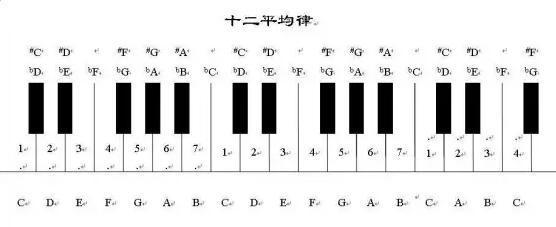What is the reason why the cucurbit flute can't keep up with the accompaniment?
Learning cucurbit flute with accompaniment is a difficult point. Many people play it well, but there is a problem with the accompaniment. What is the reason? Let’s analyze it today!

Under normal circumstances, the performance of cucurbit flute is still good with accompaniment, because the range of cucurbit flute is narrow, and the addition of other instruments in the accompaniment will make the music sound more beautiful. So we have to close the accompaniment to play after learning a piece, but there are still many problems in the process of accompaniment.
Here, first of all, I will correct the problem that beginners often overlook. Many students who learn Hulusi will say that some accompaniments are difficult to follow, which is subjectively wrong. The reason why the accompaniment is called an accompaniment is because What you play is the theme. If you have been thinking about how to keep up with it from the beginning, then who will be the accompaniment? So let's change this wrong idea first, and let the accompaniment really become the accompaniment. This sentence should be changed to "This accompaniment is so difficult to match."
When we have an accompaniment, don’t rush to ensemble. The first step is to know the key signature of the accompaniment. If the accompaniment is in the key of B flat and you only have Hulusi in the key of C, then you can only raise the accompaniment first. Below is a diagram of how to raise or lower a key. Looking at this diagram, it is straightforward to calculate how many semitones up or down to go from one key to another.

After calculating the number of ascending and descending semitones, we can use the software to adjust the accompaniment. The software can use the powerful cool edit. This software is very practical and is often used in future recordings, so friends can download it to learn .
After the accompaniment is ready, you can't start playing the accompaniment immediately, and you have to listen to the original song more, because you don't know where the interlude is and where to start playing. Under normal circumstances, the first paragraph is a prelude, and then there will be a two-syllable rhythm prompt to tell you the strength and weakness of the piece.

Before the accompaniment, you should also clear the music, and then start the ensemble after you are fully proficient. When assembling, you must pay attention to the accuracy of your own rhythm. It is better to slightly advance the accompaniment for each beat (note that it is only "a little", as long as there is a little That's all it means), so that the concert has a sense of moving forward, otherwise it will sound procrastinated
 渝公网安备 50010702504639号
渝公网安备 50010702504639号